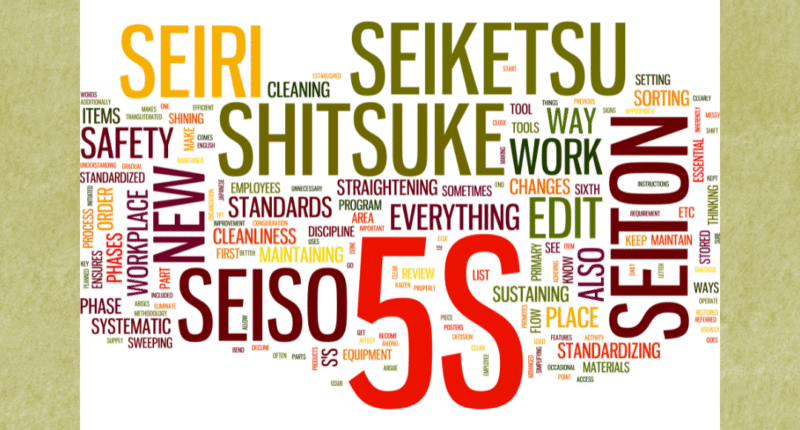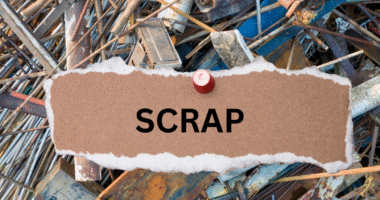The 5S system — Sort, Set in Order, Shine, Standardize, and Sustain — is a cornerstone of Lean management and operational excellence. However, the success of 5S doesn’t depend only on implementation; it relies on consistent evaluation through 5S auditing.
A 5S audit ensures that the workplace remains organized, efficient, and safe over time. This step-by-step guide will help you understand how to conduct an effective 5S audit, with simple examples to make it easy to apply in real-life settings.
Step 1: Define Your 5S Audit Criteria
Before starting, establish clear and measurable criteria for each of the five “S” stages.
Create a 5S audit checklist that includes standards for cleanliness, labeling, organization, and visual management.
Example:
In a manufacturing workshop, audit criteria for “Set in Order” might include:
-
Tools are labeled and stored in designated places
-
Aisles are clear of obstruction
-
Floor markings are visible
Tip: Use a simple scoring system (e.g., 1 to 5) to rate compliance in each area.
Step 2: Prepare and Schedule Regular Audits
Consistency is key. Schedule 5S audits weekly or monthly, depending on the size of your operation. Inform team members in advance and assign trained auditors from different departments for objectivity.
Example:
A packaging company performs monthly 5S audits. Each time, a different supervisor audits another team’s area. This cross-checking encourages accountability and new perspectives.
Tip: Regular audits keep employees alert and reinforce the importance of maintaining 5S standards daily.
Step 3: Conduct the 5S Audit
Walk through the workplace using your checklist. Observe workstations, storage areas, and walkways. Take notes and photos of good practices and areas for improvement.
Audit Each of the 5 Steps:
-
Sort – Are unnecessary items removed?
-
Set in Order – Is everything in its proper place?
-
Shine – Is the area clean and equipment maintained?
-
Standardize – Are visual controls and procedures consistent?
-
Sustain – Is the 5S culture being maintained over time?
Example:
During an audit in a warehouse, the team found unused pallets stacked in a corner (violating the “Sort” principle). Removing them freed up space for faster material movement.
Step 4: Score, Report, and Share Results
After completing the audit, record scores and observations in a standardized 5S audit report. Share the results with the team and highlight both strengths and areas for improvement.
Example:
An automotive parts company posts audit scores on a visual board. Departments that achieve top scores receive recognition, encouraging friendly competition and continuous improvement.
Tip: Transparency motivates teams to take ownership and strive for better results in the next audit.
Step 5: Implement Corrective Actions and Continuous Improvement
An audit is valuable only if it leads to action. Create an improvement plan to address low scores or recurring issues. Assign responsibilities and set deadlines for corrective measures.
Example:
A factory’s audit revealed poor labeling in storage areas. The team introduced color-coded labels for different parts, which improved retrieval speed and reduced picking errors by 20%.
Tip: Revisit previous audit findings to ensure that corrective actions are completed and sustained.
Conclusion
A well-executed 5S audit is more than a checklist — it’s a continuous improvement tool that keeps workplaces efficient, organized, and safe. By following these five steps — defining criteria, scheduling audits, conducting assessments, reporting results, and implementing improvements — organizations can sustain long-term operational excellence.
Consistent 5S auditing builds discipline and pride in the workplace, helping teams maintain order and drive efficiency every day.









